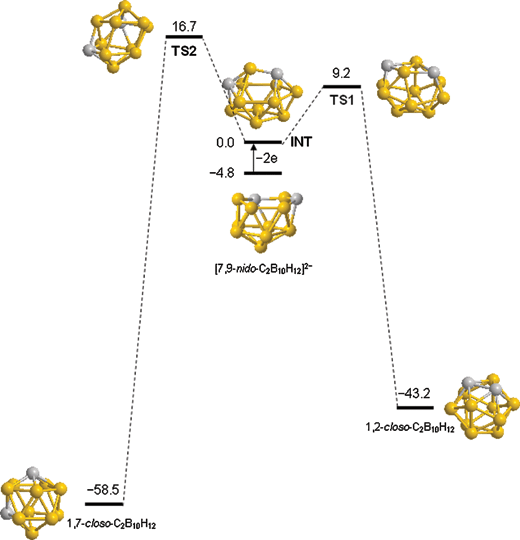In this HOT article, a low-dimensional compound [C6-Apy][Ni(mnt)2] (where mnt2- = maleonitriledithiolate, C6-Apy+ = 4-amino-1-hexylpyridinium) has been designed and synthesized, which has a layer arrangement of anions and cations and shows two steps of magnetic transitions. The low temperature magnetic transition has an uncommon hysteresis loop, while the crystal structure investigations disclosed no structural transition with the magnetic transition. The high temperature magnetic transition exhibits two remarkable features: (1) it synchronously occurs with a crystalline-to-mesophase transition in the first heating process and (2) the structural changes that accompany the solid-mesophase transition are irreversible. It is hoped that the results will shed new light on the design and preparation of a new low-dimensional molecular system combining magnetic transition and liquid crystal properties.
Read more for FREE at:
A low-dimensional molecular spin system with two steps of magnetic transitions and liquid crystal property
Hai-Bao Duan, Xiao-Ming Ren, Lin-Jiang Shen, Wan-Qin Jin, Qing-Jin Meng, Zheng-Fang Tian and Shi-Ming Zhou
Dalton Trans., 2011, Advance Article
DOI: 10.1039/C0DT01704C


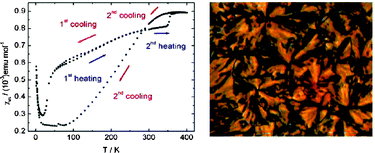









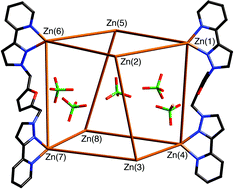 This Dalton Transactions Hot article looks at the self assembly of polyhedral cages.
This Dalton Transactions Hot article looks at the self assembly of polyhedral cages.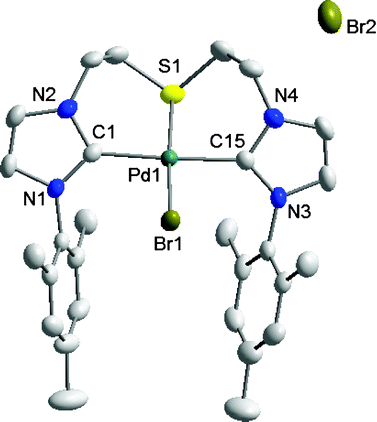

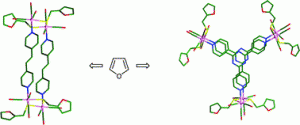
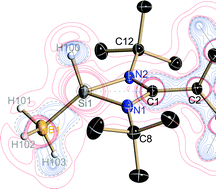
![[CuII(Me6TREN)X][X] (X = Br- and Cl-)](https://blogs.rsc.org/dt/files/2011/03/c1dt10189g-ga.gif)
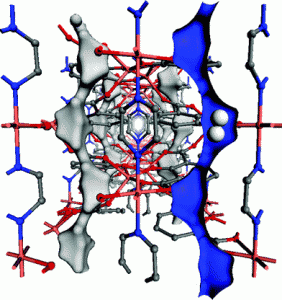
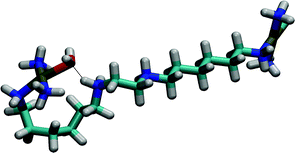
![Unique [CoII 6LnIII] 3d-4f metallic cages](https://blogs.rsc.org/dt/files/2011/03/c1dt10052a-ga-300x139.gif)
